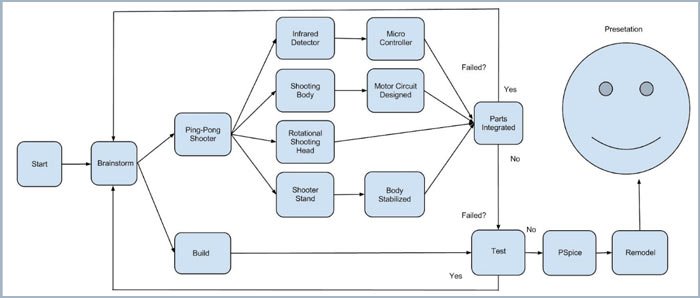PERT diagram methodology revises the action plan and reduces the unnecessary activities and steps involved in the project management completion phase.
It was devised by American Navy for the first time and on regular notes, it provides a catch fire to identify and minus the resource-wasting portions in a work plan.
PERT actually expands for project evaluation and reviewing technique, a specified technique with delicate factors of consideration and a moderate plan to work.
Pert Diagram Critical Path

With all the feasible orders and arrangements to execute the task, this technique enables evaluators and project supervisors to formally adopt a plan which his more precise and extensive in longer run benefits. This technique directly approaches the tasks which are actively influential in project completion.
Using the PERT chart template, a comprehensive flow diagram is a build that portrays the current existence of the project and its actual standing in the developmental phase.
Using all the necessary parameters including previous events and coming phase. This technique basically targets larger projects which are out free with the cost limitations and is more time-specific.
Diagram Review:
The evaluative process usually contains much-complicated phases of assertive working, based on widespread critical review plans.
PERT diagram, therefore, is a very handy operating tool to work with, using the current positions of every task, based on its completion and leftover percentage, associative factors, it forms a flow chart tempo which comprises of all significant project portions.

This diagram, which his more likely a chart of activity showdown, is a decisive formation of the sequence which is being used at a project site to complete various project segments and achieving milestones.
This chart is structured with a devised pattern catering to various tasks from project initiation to project completion, the momentum of work and finally, it synchronizes different integral segments of the project.
The basic apparent building of this chart comprises of numbered bodes connected with various ends. Description of these numbers with relevant work features is given in a list.
This network diagram basically represents the order of working, selecting the most appropriate task one after the other, showing efficient planning of project accomplishment and in return claim a competent work plan.
Mainly there are two major types of task adjusted in this diagram known as;
- Dependent Tasks
These are the tasks which are dependent on the preceding event to start
- Concurrent tasks
- Pert Example
These are tasks which don’t depend on the parental task to end up and then start
Help About Constructing Diagram

A favorable draft of this diagram can be self-constructed or you can idealize the factors and their arrangement from sample diagrams. It is more of compulsory attainment to seek a better and well-implemented plan which has already earned multiple advantages.
This diagram is more preferred over agile temp sometimes as it clearly depicts the dependencies of tasks.
Consequences of PERT Diagram:
Fairly stating all the pros and cons, implantation of PERT Diagram in the complex projects becomes very hectic as it contains so many substitute factors to govern the outcomes. But once it is deployed, it conveniently shortens the extensive work of the project manager.




